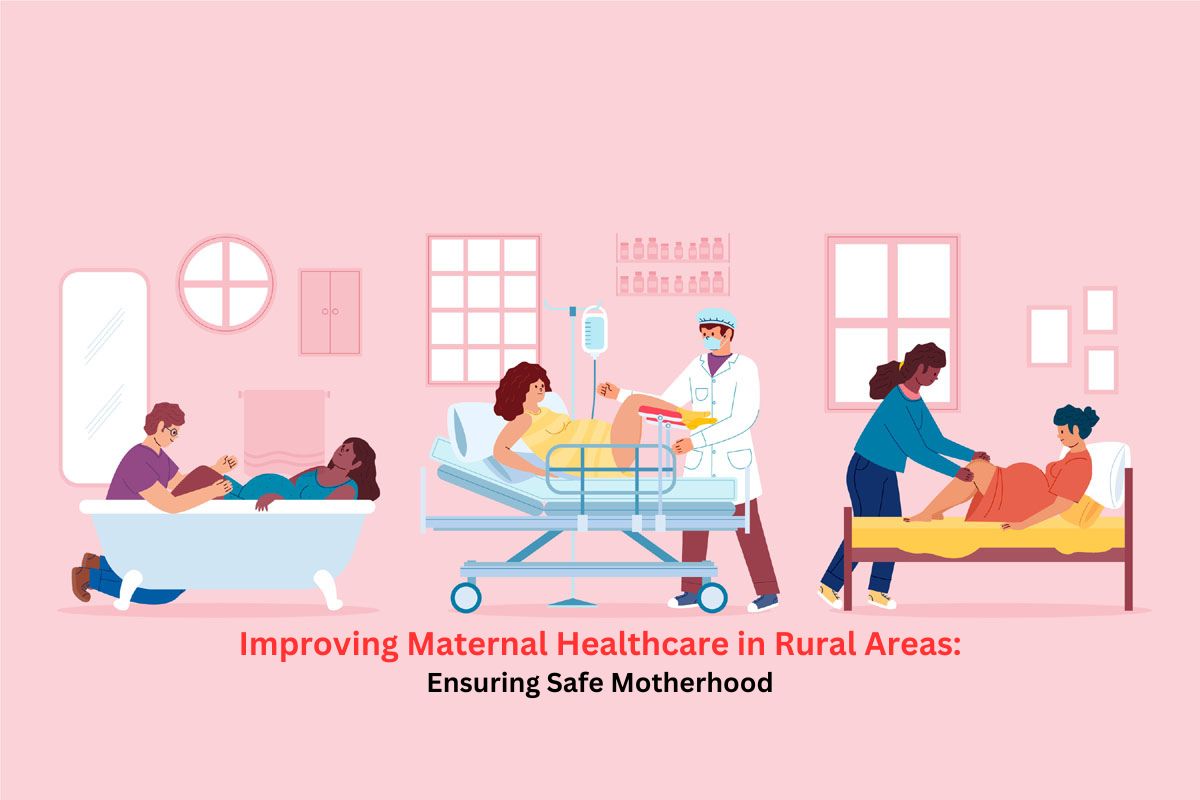
Improving Maternal Healthcare in Rural Areas: Ensuring Safe Motherhood

Improving Maternal Healthcare in Rural Areas: Ensuring Safe Motherhood
Maternal healthcare is a fundamental human right, and yet, in many rural areas around the world, accessing quality healthcare during pregnancy and childbirth remains a significant challenge. Ensuring safe motherhood in rural areas is an urgent global priority that requires a multifaceted approach to overcome barriers and save countless lives. In this blog, we’ll explore the critical issues and potential solutions for improving maternal healthcare in rural regions.
The Challenges
Rural areas often lack the necessary healthcare infrastructure, skilled healthcare providers, and resources needed to support pregnant women effectively. Some key challenges include:
Limited Access to Healthcare Facilities: Many rural communities are situated far from healthcare facilities, making it difficult for expectant mothers to access timely care.
Shortage of Skilled Personnel: Rural areas frequently face a shortage of trained healthcare professionals, including doctors, nurses, and midwives, who can provide essential maternal care.
Lack of Awareness: Pregnant women in rural areas may not be aware of the importance of antenatal care, nutrition, and family planning, which can lead to complications during pregnancy.
Cultural and Social Factors: Traditional beliefs and customs sometimes discourage women from seeking modern healthcare, leading them to opt for untrained traditional birth attendants.
Solutions for Improvement
Mobile Clinics and Telemedicine: To bridge the gap in access to healthcare facilities, mobile clinics equipped with basic maternal health services and telemedicine can be deployed in rural areas. This allows remote consultations with healthcare providers and specialists.
Training and Deployment of Community Health Workers: Training and deploying community health workers in rural areas can provide essential maternal care and education to expectant mothers. These workers can identify high-risk pregnancies and refer women to healthcare facilities when necessary.
Awareness Campaigns: Launching awareness campaigns that target both women and their communities is crucial. These campaigns can emphasize the benefits of antenatal care, family planning, and skilled birth attendance, dispelling myths and misconceptions.
Improving Infrastructure: Investing in rural healthcare infrastructure, including building and equipping clinics and hospitals, can significantly enhance the quality of maternal healthcare services.
Incentives for Healthcare Providers: Offering incentives, such as scholarships, loan forgiveness, or financial bonuses, can attract and retain skilled healthcare professionals in rural areas.
Conclusion
Ensuring safe motherhood in rural areas is not just a matter of healthcare; it’s a matter of human rights and social justice. By addressing the challenges and implementing comprehensive solutions, we can make significant strides toward reducing maternal mortality and ensuring that all mothers, regardless of where they live, have access to the quality healthcare they deserve. It’s a collective responsibility, and by working together, we can make safe motherhood a reality for every woman in rural areas around the world.
